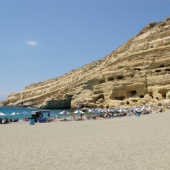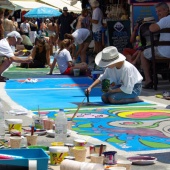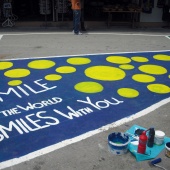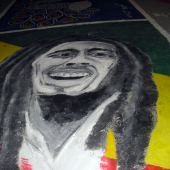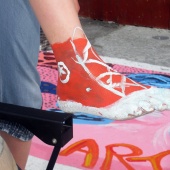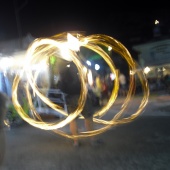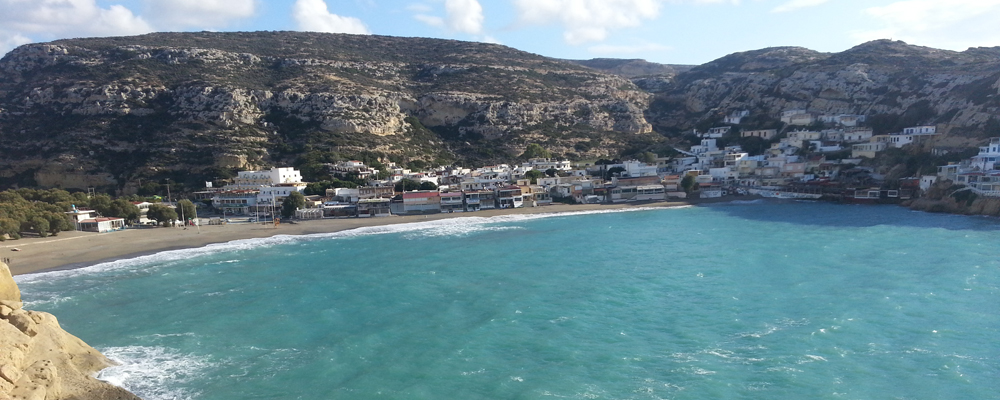
Matala
Bewteen Hippies and culture
Matala is located 4 km south-west of the village of Pitsidia and 75 km from Iraklion. It is built on the coast line of the Messara bay inside a small and picturesque inlet.
The past decades it became a touristic attraction, some tourists staying for weeks, but many visiting for a day, enjoying the beautiful beach and sunset, bars and restaurants.
In the sixties and seventies hippies, dropouts and hitchhikers from Europe and the USA settled in Matala and formed a community on the beach and in the caves in the cliff, perpendicular to the beach.
Since 2005 I am collecting their stories and pictures on this website.
In the eighties and nineties Matala developed into a modern beach town aimet at tourists. But in the last years Matala rediscovered her unique past and became aware of the added value it derives from this past. To celebrate this, there is the Matala Beach Festival, each year in the second half of june.
The caves of Matala
The artificial caves in the cliff of the Matala bay were created in the Neolithic Age and probably were used as prehistoric dwellings and places of worship.
Matala was the port of the ancient cretan city of Phaistos during the Minoan period. In the year 220 BC. Matala was occupied by the Gortynians and during the Roman period Matala became the port of Gortys. Ruins of the ancient city are still visible on the sea bed as the ancient city was sunk in the sea.
The archaeological pick has unearthed some traces of the palaces built by the nobles from the ancient cities of Phaistos and Gortys. In the 1st and 2nd century the caves were used as tombs. One of the caves is called "Brutospeliana" because according to the legend it was frequented by the Roman general Brutus. The caves, cut by the Cretan people from the early Stone Age, with their passages, stone beds and fireplaces, are now put under monumental care. Owing to its exceptional natural beauty, Matala became the meeting place of the "Flower Children" in 1968.
Now Matala is modern holiday resort.
